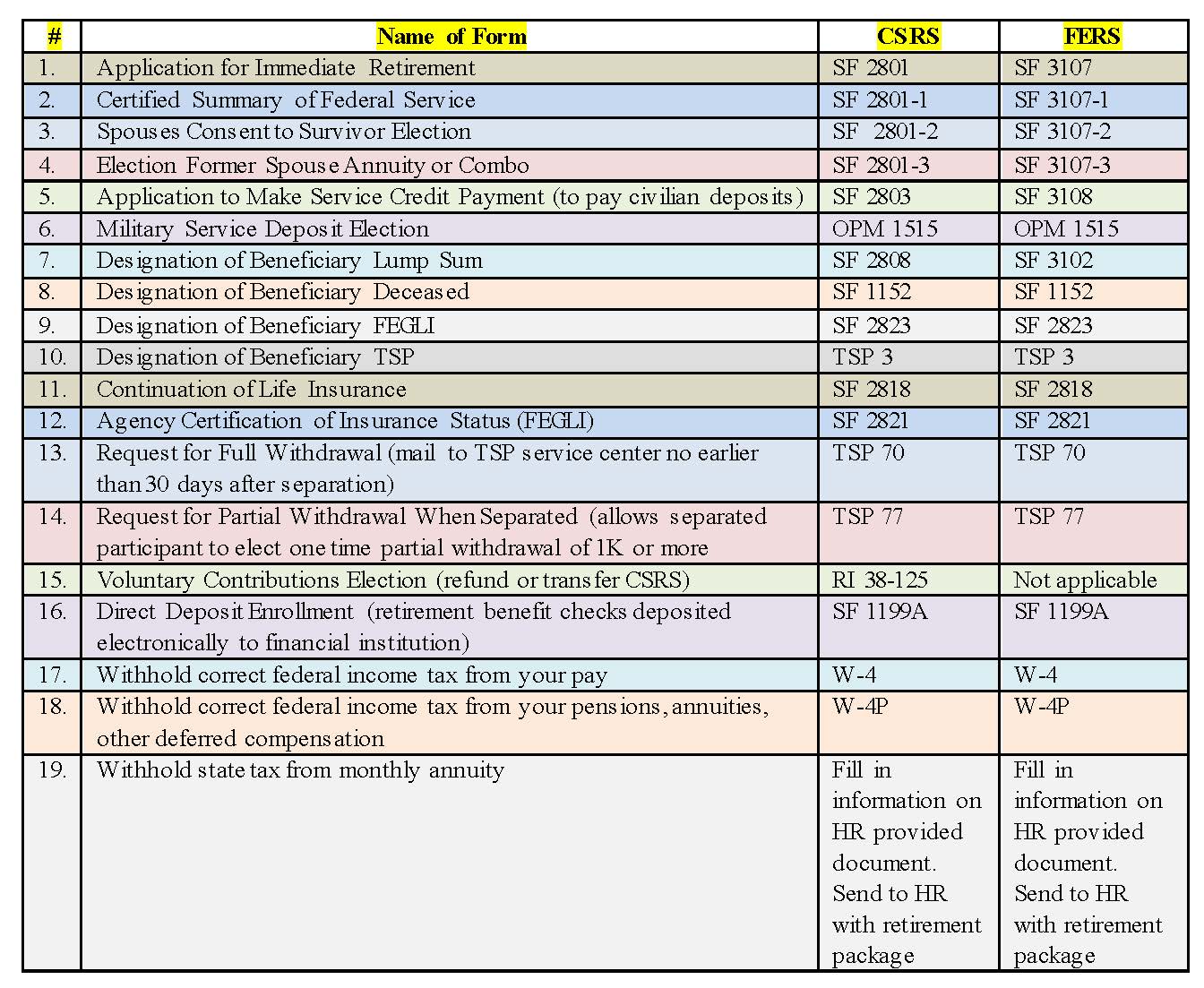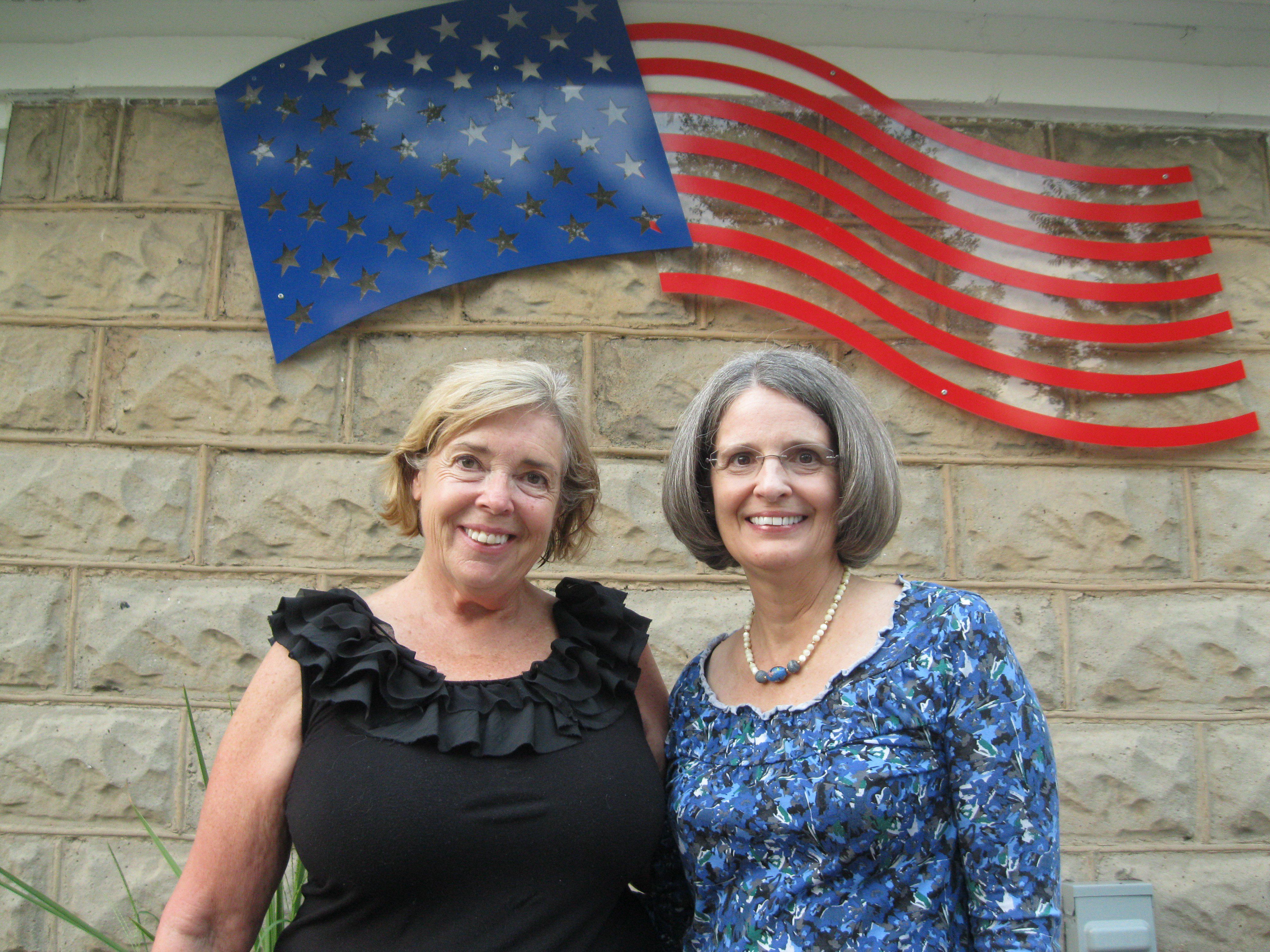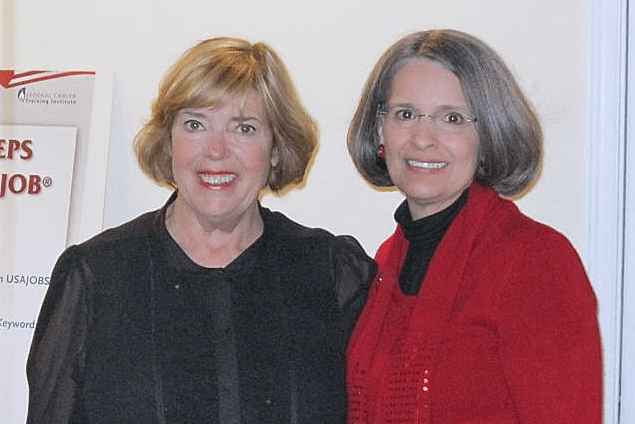In 1996, I met Faith Skordinski, Ed.D., right after I published the first edition of the Federal Resume Guidebook. Vice President Gore had just “eliminated” the SF-171 with his Reinvention Government Movement. He said, “…the government should accept a resume, like the rest of the world.”
Faith was a training coordinator for the Department of Health and Human Services (HHS), and she invited me to teach Federal Resume Writing about once a month for a whole year to meet employees’ demands. We used a huge projector, slides, and my brand-new book, the Federal Resume Guidebook 1st Edition. These classes were the beginning of our federal resume writing workshops in government, and Faith was the visionary who rolled them out for HHS Headquarters’ employees and subsequently other Operating Divisions throughout HHS.
Since 1996, Faith and I have remained friends and colleagues in the federal careers and training world. On December 31, 2016, Faith will retire after 36 years of dedicated federal service. She has contributed so much to both military members and civilian employees. On the military side, she served five years as an officer in the United States Air Force and later as a career counselor at Andrews Air Force Base Family Support Center. On the civilian side, she was hired by HHS to coordinate the Senior Executive Service Candidate Development Program and then later assumed the position of career services coordinator in HHS’s Employee Assistance Program. Faith also accepted a career development specialist position in HHS’s Centers for Medicare and Medicaid Services, and her last 12 years have been with the Food and Drug Administration as a management analyst focusing upon training and curriculum development, special programs, and communications.
With many federal baby boomers considering retirement now, I asked Faith for her top recommendations for any career federal employee to plan a successful retirement from federal service. Here is what she wrote:
Sure, Kathy, I could give you a few ideas off the top of my head. Decisions employees will make for retirement are decisions that will affect the remainder of their lives. Therefore, they need to give retirement planning top priority throughout the year. For those planning a 2017 retirement, a few suggestions follow.
- Early in 2017, very important to attend a retirement seminar to be placed on the right track to ensure informed decisions and smart choices regarding all aspects of retirement, many of which require time-sensitive attention. Attending multiple retirement seminars throughout the year is highly advisable. For starters, an outstanding free one-day intra-government seminar offered nationwide is ProFeds at http://fedimpact.com/learn-more/.
- Meet with a certified financial planner, one who is intimately familiar with all aspects of federal government retirement idiosyncrasies, Thrift Savings Plan management, and spousal benefits. “Serving Those Who Serve” securities available through Raymond James Financial Services offers experienced, high-quality services to federal employees preparing for retirement. Their website is http://www.myfederalretirement.com/public/1365.cfm.
- Meet with a reputable CPA for pre-retirement advice.
- Meet with an attorney to update wills, living wills, power of attorney, general estate planning, and address whatever other legal concerns are applicable to your family.
- Meet with your HR specialist for guidance on the sea of forms to be completed and find out your agency’s timeline to receive your completed package of retirement forms. The forms are extensive and lengthy and require time and careful thought, so do not procrastinate. Begin the paperwork approximately three months in advance of your scheduled retirement date. Most forms are available online. The forms in this table are among the ones to be completed and/or updated, specified by retirement plan: Civil Service Retirement System (CSRS) or Federal Employees Retirement System (FERS).

- No cross-offs are permitted on any retirement forms. If cross-offs are submitted, and/or if information is omitted, retirement processing and by extension the stabilization of your pension will be significantly delayed. You will be required to re-submit whatever form is in question, while OPM stamps your retirement application package as “incomplete” and places it on the bottom of their backlog.
- If you decide to draw Social Security upon retirement, you are permitted to apply for it three months prior to retirement. Become familiar with ssa.gov.
- Ask for help when needed, always being careful to seek guidance from properly credentialed persons as opposed to co-workers chatting around the proverbial water-cooler. Everyone’s situations and needs differ and receiving accurately tailored information to make informed decisions is vital.
- If assistance is needed with required forms—many of which are steeped in HR jargon and not automatically intuitive—a helpful company, Federal TransFERS at federaltransfers.com, is available to serve you for a reasonable service fee. A seasoned Federal TransFERS counselor will insure all jargon is correctly interpreted, completed forms are proofread, good to go without errors, and good to go without inadvertently omitted information.
- All FERS employees should plan their retirement dates for the last day of a month—not necessarily the end of a pay period. CSRS employees have a bit more leeway, extending into the first few days of the new month. Be sure to obtain qualified guidance on how to select your all-important retirement date, which will directly impact your pay.
- Run the numbers and resolve unique situations (e.g. Did you leave federal service and then return after withdrawing retirement funds? Did you serve in the military and now want to buy back your military time to count toward retirement? Is your TSP set up to your best advantage in retirement?). If questions or concerns arise relative to any facets of your career and their potential impact upon retirement, research the appropriate sources and seek clarification until you understand the answers and the reasoning behind the answers.
- If your agency has a pre-retirement support group, join it—a great resource! These groups offer valuable information relevant to all pre-retirees from leisure ideas, to finding new careers, to volunteer possibilities, to impact upon your family, to finances, and so much more.
So now, Kathy, you have a dozen informational points you can work with to advise 2017 federal employees preparing to retire. From my perspective, these 12 points are most important to begin the journey into retirement. Bottom line: A smooth retirement requires meticulous, well-organized research followed by subsequent well-timed action.
For my personal post-retirement plans, traveling and cruising are first and foremost on my agenda. Immediate trips planned include the Southern Caribbean, Arizona, and Colorado, as well as random trips to points of interest located closer to my home. Scandinavia, the Greek Isles, Alaska, and Hawaii are next in my queue, but I am open to all possibilities. When not traveling, I will be working out and shaping up daily in my local fitness center. Volunteering with my affiliated political party, indulging in hobbies, relaxing with family and friends, and simply enjoying hearth and home round off my personal vision of a good retirement life.








